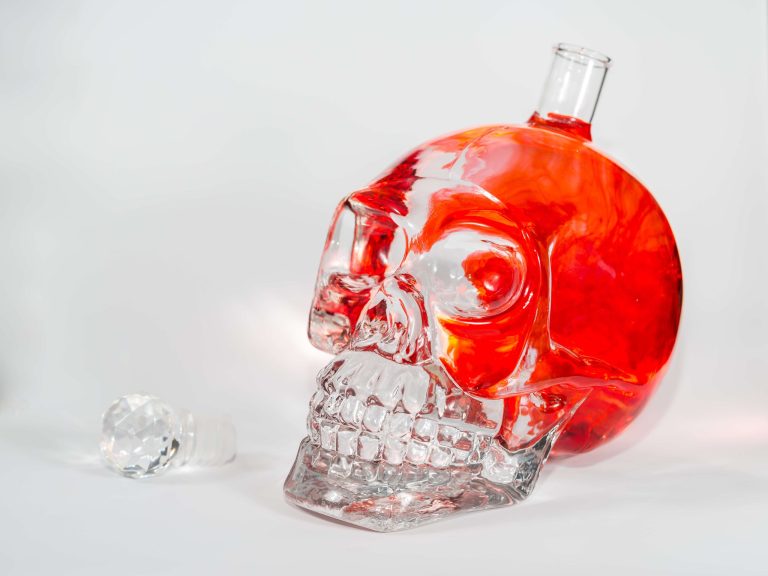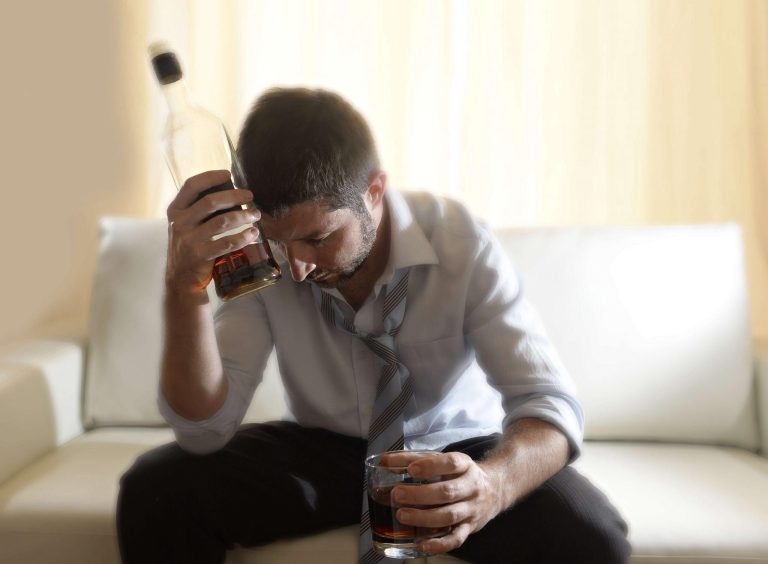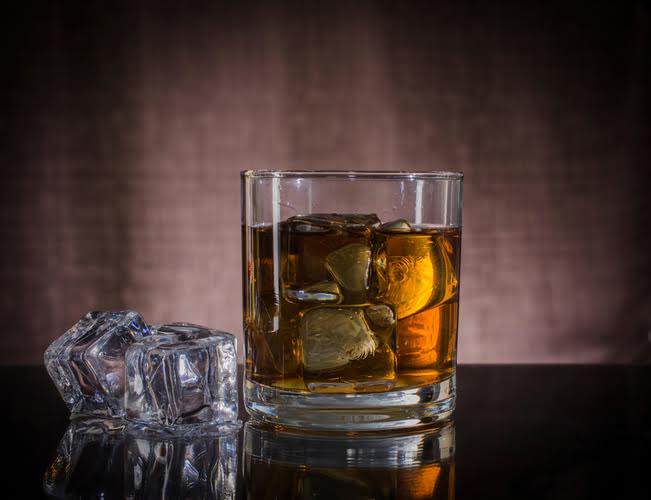The real concern is if skin and facial damage is causing you mental health issues, but you don’t feel you can stop drinking to improve the situation. These changes happen over time and make the nose look very different from a normal, healthy nose. Many people with rhinophyma achieve excellent results with appropriate treatment. Modern surgical techniques can restore near-normal nasal appearance even in severe cases, while medical management can prevent progression and improve symptoms in earlier stages. For early-stage rhinophyma or to prevent progression, topical medications can be highly effective.
While historically linked to chronic alcohol heavy use, modern research indicates that the condition is not directly caused by alcohol consumption. Instead, rhinophyma is a severe subtype of rosacea, a skin disorder that can be exacerbated by alcohol but is not exclusively related to it. The best way to combat the physical symptoms of alcoholism is to address the underlying addiction before it becomes too late. Contacting an alcohol use disorder treatment center can help offer advice on where to begin with recovery and how to get help immediately.
For some individuals with alcohol addiction, enrolling in a treatment program outside their local community can be more effective. This way, they are not inundated with negative social forces and stigma near home. This permits drinking triggers to lapse while improving their chances of clinging to an alcohol sobriety and recovery program. According to a survey of patients suffering from this skin condition, red wine is more likely to trigger flare-ups or worsen rosacea than other drinks. Doctors theorize it’s because of an additional chemical in red wine that also works to enlarge blood vessels, letting far more blood than usual flow to the skin’s surface.
Early signs often include persistent redness of the nose, increased sensitivity to touch or temperature changes, and occasional burning or stinging sensations. This is a very common skin condition that tends to emerge for weeks or months at a time. Though the causes of rhinophyma are unknown, it’s thought to be a severe form of a skin disease called rosacea. Treatment plans for alcoholism may include detox, inpatient alcohol rehab, 12-step programs, aftercare and relapse prevention planning, and more. If you or someone you love suffer from alcoholism, contact one of our helpful alcohol treatment specialists today. We can provide information on rehab and detox programs that fit your needs.
Understanding the true causes of rhinophyma is crucial in dispelling myths and providing effective treatment. Many people mistakenly believe that reducing alcohol intake alone can prevent or cure the condition. However, managing rhinophyma requires a comprehensive approach that addresses various contributing factors, including genetics and environmental triggers.


While drinking alcohol is not the root cause of rhinophyma, it can aggravate rosacea symptoms. People with alcohol intolerance or sensitivity may experience more severe reactions, leading to the progression of rosacea into rhinophyma. Even moderate alcohol consumption can trigger flushing and redness in some individuals, worsening their condition over time. In more advanced cases, surgery will be the best course of treatment for rhinophyma. The bursting of blood vessels makes blood more visible alcoholism symptoms under the skin, which is what causes redness. With more severe symptoms of rosacea, the cheeks and nose may even become purple, as well as more bulbous and disfigured.
However, additional diagnostic tests may be utilized when a definitive diagnosis is challenging. It is crucial to note that rhinophyma is estimated to affect only a small number of patients with rosacea. Whether you or a loved one is struggling with addiction, our expert team is here to guide you every step of the way.
This social isolation can contribute to depression and anxiety, creating a cycle that may worsen overall health and quality of life. For individuals with rhinophyma who also struggle with alcohol abuse, addressing alcohol use is an important alcoholic nose photos component of comprehensive treatment. This gender difference may be related to hormonal factors, as men have higher levels of sebaceous gland activity and may be more likely to have severe forms of rosacea. Additionally, men may be less likely to seek early treatment for rosacea symptoms, allowing the condition to progress to more advanced stages. Understanding who is most likely to develop rhinophyma helps healthcare providers identify at-risk individuals and implement appropriate screening and treatment strategies.

That means someone drinking heavily may show flushed cheeks and an enlarged nose with a red or purple tint if they have rosacea. While it’s true that alcohol use may trigger rosacea flare-ups, this does not mean that every person with rosacea will automatically develop rhinophyma. It is an extreme side effect only experienced by a small percentage of people who suffer from rosacea. That being said, someone who already has rhinophyma may find their condition is worsened by drinking alcohol.
This means that individuals who do not consume alcohol can also develop this condition. Alcoholic nose, or drinkers nose, is a skin condition commonly characterized by a bumpy, red, or swollen appearance of the nose and cheeks. For years, it was widely believed that this condition was caused by alcohol use disorder or alcoholism.